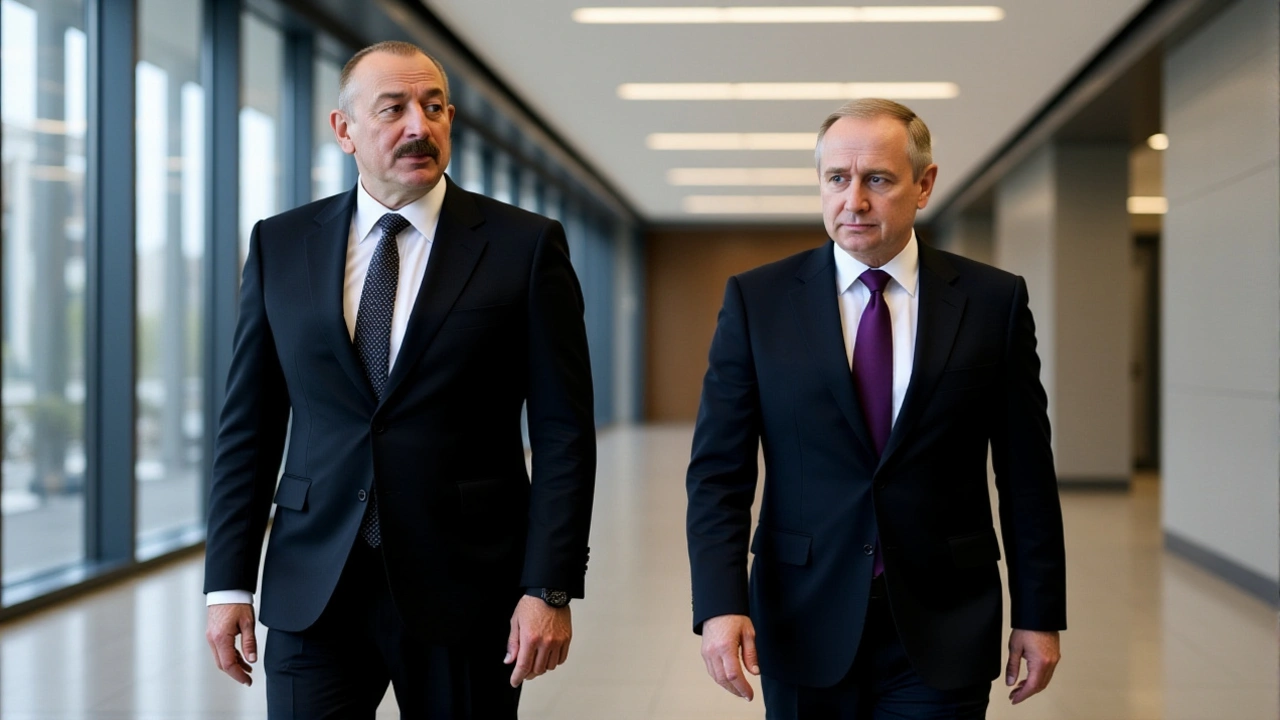- 2024 Matric Final Exam Schedule: Key Dates and Highlights for NSC and IEB Students Oct 21, 2024
- Exciting Launch: Hamster Kombat $HMSTR Airdrop Set for September 26, 2024 Sep 27, 2024
- Man United beat Sunderland 2-0, Mount & Sesko goals ease Amorim pressure Oct 5, 2025
- Bayern Munich Faces Hefty Transfer Fee to Secure Vincent Kompany as Manager May 23, 2024
- Botswana Awaits Election Results: A Test of Political Continuity or Change Nov 1, 2024
Russia-Ukraine conflict
When examining Russia-Ukraine conflict, the war that erupted in February 2022 between Russia and Ukraine, reshaping European security and global economics. Also known as Ukraine war, it has sparked a massive humanitarian crisis and triggered worldwide policy shifts. The Russia-Ukraine conflict is more than a battlefield; it pulls in regional alliances and global markets. NATO, the North Atlantic Treaty Organization, has expanded its presence in Eastern Europe as a direct response to the invasion and has become a key player in deterrence strategies. Meanwhile, sanctions, economic restrictions imposed by the US, EU and other partners, aim to pressure Moscow by cutting off finance, technology and trade, creating ripple effects that reach energy markets worldwide.
Key impacts and related issues
The war fuels an energy crisis, as Europe scrambles for alternatives to Russian gas and oil, driving price spikes and policy debates. Displacement numbers keep rising; millions of Ukrainians have fled homes, prompting a massive humanitarian response, coordinated aid efforts from NGOs, governments and the UN to provide shelter, food and medical care. Each of these strands—military, diplomatic, economic and human—interact, forming a complex web that shapes daily headlines and long‑term strategy.
Below you’ll find the latest reports, in‑depth analyses and on‑the‑ground updates that break down how these elements play out across the continent and beyond. From sanctions impact assessments to stories of displaced families, the collection offers a rounded view of the ongoing conflict and its far‑reaching consequences. Dive in to see how the pieces fit together and stay informed about the evolving situation.
Russia's Drone Strikes on SOCAR Push Azerbaijan Toward Ukraine
- Katlego Sean Mahaye
- Oct 14, 2025
Russian drone strikes on SOCAR's Odesa depot and earlier incidents push Azerbaijan closer to Ukraine, reshaping regional alliances.
